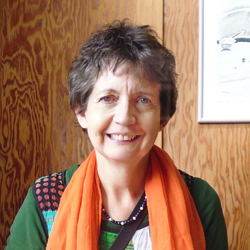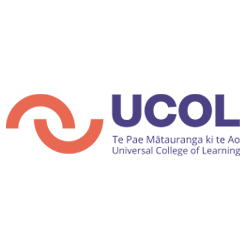
An Introduction to Deep Thinking
Status
Completed: 13 November 2020
Project Details
A project to develop a guide that presents a ‘taxonomy’ of thought in Tertiary Education, illustrating the various ‘types’ and unmasking the limitations of each. A collaboration of Whanganui Learning Centre Trust, Universal College of Learning, Waikato Institute of Technology, and Ocean University of China.
Aims:
The aim of this short graphic resource is to expose the role that language plays in consolidating bias in our everyday normative thinking.
Implicit in its content is an alternative and expanded concept of ‘education’; one that challenges the existing populist focus on formal learning and vocational outcomes. Instead, it highlights (a) the importance of locating a person within their geographical, historical and cultural background, and (2) of soliciting change by the interrogation of how that adult ‘self’ has ‘become’.
The questions suggested in this introduction are designed to encourage this introspective learning journey, e.g.:
- What language patterns do you use that constrain your thinking?
- What has influenced your own (adult) ideas and valuations?
- What evidence do you appeal to in asserting your beliefs?
Methodology:
A methodology was used to ensure the resource was developed from a range of existing material derived from extensive tertiary teaching and research experience.
Team

Dr Deb Hill
Whanganui Learning Centre
Professor Wenhong Song
Ocean University of China
Wenjie Song
Waikato Institute of Technology
Victoria Campbell
Universal College of LearningStatus
Funding
$34,000.00 (excl GST)
Key Findings
- The reduction of what is popularly understood as ‘education’ creates a blind spot in our thinking that limits the potential for significant change.
- Our language usage either constrains or expands the realm of educational possibility.
- The resource exposes some examples of language usage that biases our ‘educational practice’.
- Deep thinking begins with the interrogation of how the ‘self’ has ‘become’. Important questions are:
- What language patterns do you use that constrain your thinking?
- What has influenced your own (adult) ideas and valuations?
- What evidence do you appeal to in asserting your beliefs?
Key Recommendations
This short graphic resource explains how the inherited language we use limits our thinking in important ways. It encourages readers to interrogate their own life history to reflect on the beliefs and understandings they hold now. Taking a developmental as well as socially and historically situated perspective of “education” is the first step towards challenging these “limiting ideas”.
(PDF, 8.7MB, 36-pages)
- 13 November 2020